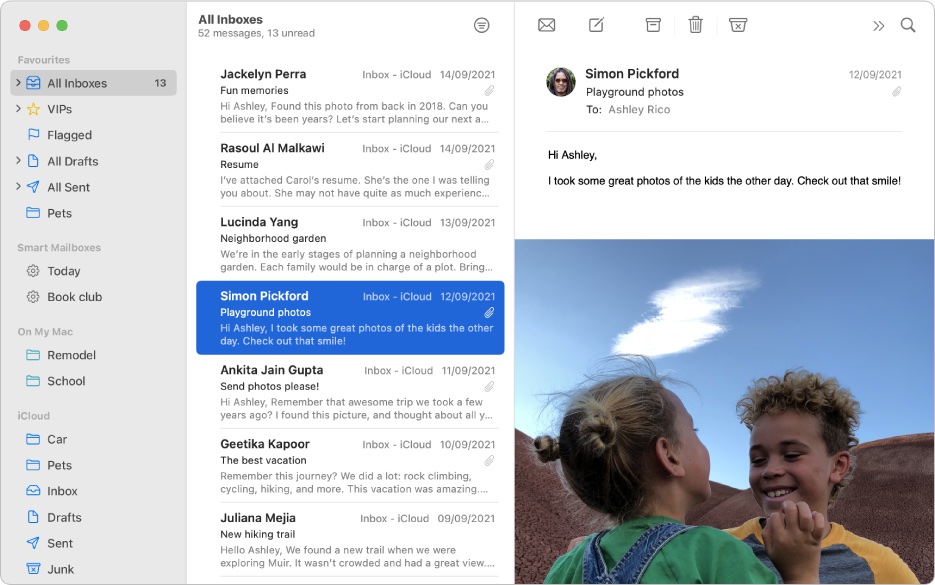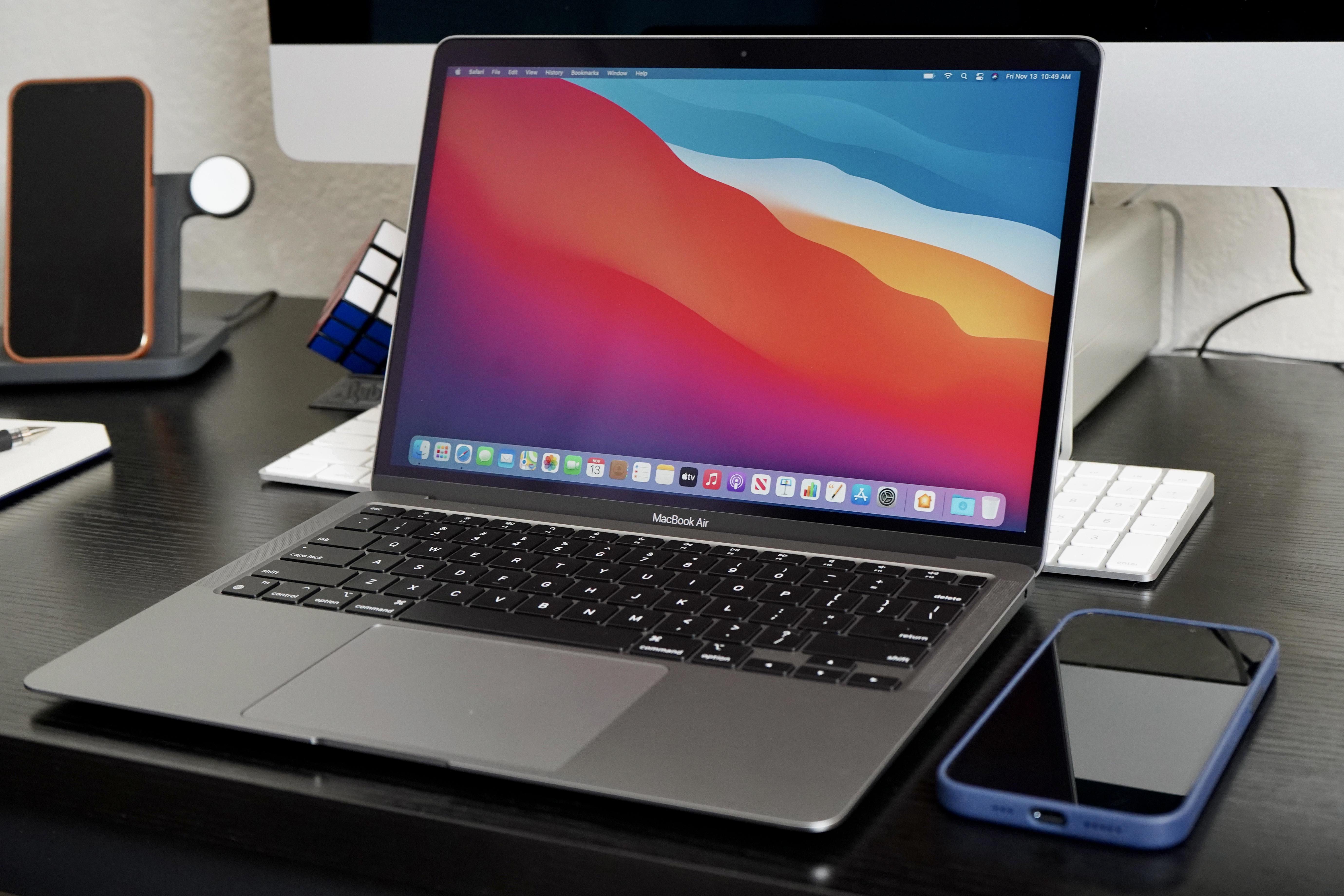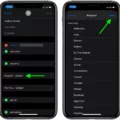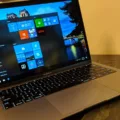Have you ever encountered a frustrating issue with your Mail app on your Mac, where it refuses to save information about your mailboxes? This problem can be quite troublesome, as it prevents you from checking your emails and managing your mailbox effectively. However, fret not, as we will guide you through the process of fixing this issue.
First and foremost, it is crucial to ensure that your Mail app is functioning properly. To do so, quit the Mail app and delete any unnecessary files that may be causing the problem. Once you have done this, open the Mail app again and proceed with the following steps.
One possible solution is to locate the Home folder on your Mac. There are a couple of ways to do this. You can use the keyboard shortcuts in the Finder by pressing Command-Shift-H, or you can use the Go dropdown menu, where you will find the Home folder listed. It is worth noting that the Home folder may have a different name when it opens, but it will be the appropriate folder for our purposes.
Once you have located the Home folder, navigate to the Mail app and perform the following actions:
1. Delete large messages or messages with attachments: By removing these types of messages, you can free up space in your mailbox and potentially resolve the issue. Alternatively, you can move these messages to a mailbox on your Mac.
2. Delete attachments that you saved: Attachments can take up a significant amount of storage space, so deleting unnecessary attachments can alleviate the problem. Be sure to save any important attachments elsewhere before deleting them.
3. Empty your Trash mailbox: Sometimes, the issue may be caused by a bloated Trash mailbox. By emptying the Trash, you can clear out any unnecessary files and potentially resolve the problem.
If you still cannot find the mailbox you are looking for, check if the Favorites section is showing the folders. Hover over the Favorites tag and click on the ‘+’ sign. A box will appear, allowing you to select “All Inboxes” from the dropdown menu. Additionally, ensure that the Favorites bar is visible by going to View > Show Favorites Bar in the menu bar.
Encountering issues with mailboxes and the inability to save information about them can be frustrating. However, by following the steps outlined above, you can resolve this problem and regain control over your Mail app on your Mac. Remember to regularly manage your mailbox by deleting large messages or attachments, emptying your Trash, and organizing your folders effectively. With these practices in place, you can ensure a smooth and efficient email experience.

Steps to Fix Mail Cannot Save Information About Your Mailboxes
To fix the issue of Mail not being able to save information about your mailboxes due to insufficient space in your home folder, follow these steps:
1. Quit Mail: Close the Mail application to ensure that no processes are running in the background.
2. Delete unnecessary files: Take some time to review the files in your home folder and delete any that are no longer needed. This could include old documents, downloads, or any other files that are taking up space unnecessarily. To delete files, simply select them and press the delete key or move them to the trash.
3. Empty the trash: Once you have deleted the files you no longer need, empty the trash to permanently remove them from your system. Right-click on the trash icon in the dock and select “Empty Trash” from the context menu.
4. Check available disk space: Open a Finder window and click on the “Go” menu in the menu bar. Select “Computer” from the drop-down list. This will display an overview of your system’s available disk space. Ensure that you have enough free space in your home folder to accommodate Mail’s information storage needs.
5. Reopen Mail: After freeing up space and ensuring you have enough disk space, relaunch the Mail application. It should now be able to save information about your mailboxes without encountering any space-related issues.
If you continue to experience the error message, consider checking other areas of your system for large files or temporary files that can be deleted to free up additional space. Additionally, you may want to consider moving some of your files to an external storage device or upgrading your hard drive to expand your available storage capacity.
Remember to regularly review and clean up your files to prevent this issue from occurring in the future.
Where is the Home Folder in Apple Mail?
The Home folder in Apple Mail can be found by following these steps:
1. Open the Apple Mail application on your Mac.
2. In the top menu bar, click on “Mail” and select “Preferences” from the dropdown menu.
3. A new window will open. Click on the “Accounts” tab.
4. In the left sidebar, you will see a list of your email accounts. Click on the account for which you want to find the Home folder.
5. On the right side of the window, you will see various tabs. Click on the “Advanced” tab.
6. Under the “Mailbox Behaviors” section, you will find a button labeled “Choose…” next to the “Location” option.
7. Clicking on the “Choose…” button will open a Finder window.
8. In the Finder window, you will see a list of folders. Look for the folder with the name of your email account. This folder is your Home folder in Apple Mail.
Alternatively, you can also manually navigate to the Home folder in Apple Mail by following these steps:
1. Open a Finder window.
2. In the top menu bar, click on “Go” and select “Go to Folder” from the dropdown menu.
3. A small window will appear. In the text field, type “~/Library/Mail/” (without quotes) and click “Go”.
4. This will open the Mail folder, which contains all the data for your Apple Mail application, including the Home folder for each email account.
By following these steps, you will be able to locate the Home folder in Apple Mail, which is where your email account’s data is stored on your Mac.
How Do You Get Rid Of Mail Storage On Your Mac?
To free up storage space on your Mac by getting rid of Mail storage, you can follow these steps:
1. Delete large messages or messages with attachments: Open the Mail app on your Mac and go through your inbox, sent folder, and other mailboxes to identify messages that are taking up a lot of storage space. Look for messages with large file attachments or those that contain a lot of media content. Delete these messages by selecting them and pressing the delete key or using the right-click menu.
2. Move messages to a mailbox on your Mac: If you want to keep certain messages but still want to free up storage space, you can create a new mailbox on your Mac and move messages to it. Right-click on a message and select “Move To” or “Copy To” option. Choose the new mailbox you created and the selected messages will be moved or copied there. This will help you organize your messages and reduce the storage used by the Mail app.
3. Delete attachments that you saved: The Mail app on your Mac allows you to save attachments from emails to your computer. Over time, these saved attachments can consume a significant amount of storage space. To get rid of them, open the Mail app and go to the “Attachments” folder in the sidebar. Review the attachments and delete any that are no longer needed by selecting them and pressing the delete key or using the right-click menu.
4. Empty your Trash mailbox: When you delete messages or attachments in the Mail app, they are moved to the Trash mailbox. However, they still occupy storage space until you empty the Trash. To do this, right-click on the Trash mailbox in the sidebar and select “Erase Deleted Items” or “Empty Trash”. Confirm the action and the deleted messages will be permanently removed from your Mac, freeing up storage space.
By following these steps, you can effectively manage and reduce the storage used by the Mail app on your Mac, ensuring optimal performance and freeing up space for other files and applications.
Why Can’t You See Your Mailboxes in Apple Mail?
There are several reasons why you may not be able to see your mailboxes in Apple Mail. Here are some possible explanations:
1. Mailbox Display Preferences: It is possible that the mailbox display preferences in Apple Mail have been changed. To check this, go to the “View” menu in the menu bar and make sure that “Show Mailbox List” is selected. This will ensure that your mailboxes are visible in the Mail app.
2. Folder Hierarchy: Sometimes, the folder hierarchy in Apple Mail can become disorganized or collapsed, making it difficult to locate specific mailboxes. To expand the folder hierarchy, simply click on the arrow next to each mailbox to reveal its sub-folders.
3. Syncing Issues: If you are using multiple devices or email accounts with Apple Mail, there may be syncing issues that prevent your mailboxes from appearing. Make sure that your email accounts are properly configured and that the correct settings are selected for syncing mailboxes.
4. Favorites Bar: Another possibility is that the mailboxes are not showing up in the Favorites bar. To check this, go to the “View” menu in the menu bar and make sure that “Show Favorites Bar” is selected. If it is not, click on it to show the Favorites bar, which should display your mailboxes.
5. All Inboxes: If you still cannot see your mailboxes, it is possible that the “All Inboxes” option is not selected. To enable this, hover over the Favorites tag in the sidebar and click on the “+” sign. In the box that appears, select “All Inboxes” from the dropdown menu. This should display all your mailboxes in one consolidated view.
By checking these possible reasons and adjusting the necessary settings, you should be able to see your mailboxes in Apple Mail.
Conclusion
Managing your mailboxes effectively is crucial for ensuring a smooth and efficient email experience. By regularly deleting unnecessary emails and attachments, you can free up storage space and prevent any potential issues with your Mail app. Additionally, emptying your Trash mailbox is essential to permanently remove any deleted emails and prevent them from taking up unnecessary space.
If you are unable to locate your Home folder on a Mac, you can use keyboard shortcuts or the Go dropdown menu in the Finder to quickly access it. Once you have accessed your Home folder, you can navigate to the Mail app and take the necessary steps to delete large messages or messages with attachments, move them to a mailbox on your Mac, or delete attachments that you have saved.
Furthermore, if you are unable to locate your mailbox in the Mail app, ensure that Favorites is showing in the menu bar by going to View > Show Favorites Bar. If it is not visible, hover over the Favorites tag and click on the ‘+’ sign to add All Inboxes to your Favorites. This will allow you to easily access all your mailboxes in one place.
By following these guidelines and properly managing your mailboxes, you can ensure a clutter-free and efficient email experience on your Mac. Don’t forget to regularly check and fix any issues with your Mail app to avoid any potential disruptions in checking your emails.








